Chitin one of the most abundant polysaccharides found in nature
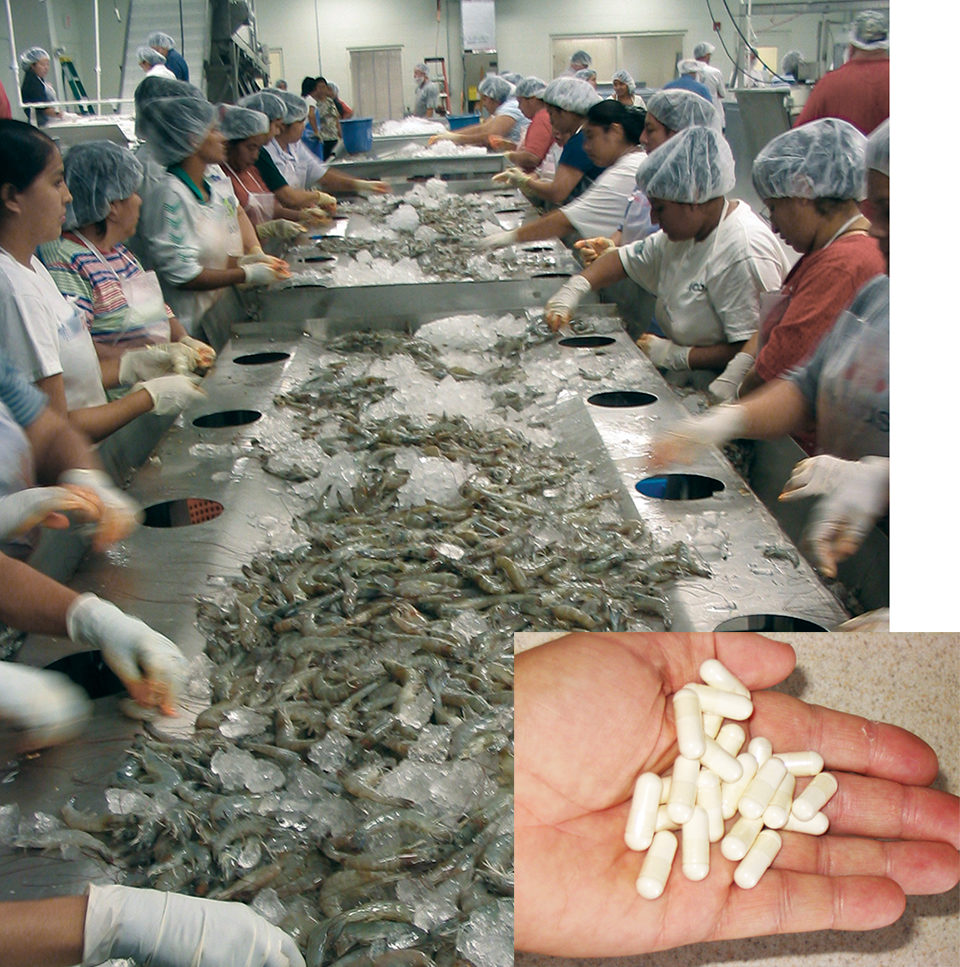
Depending on the method of production and desired end product, shrimp waste can constitute 40 to 70 percent of the original shrimp weight. Considering the worldwide volume of shrimp production, massive amounts of such waste are generated each year. When discarded, this waste can contribute to environmental pollution. However, there are multiple alternatives for the utilization of this waste.
Recycling shrimp offal
Shrimp offal can consist of heads, meat portions, shells, and legs. It is primarily composed of protein, chitin, and carotenoid pigments, especially astaxanthin. With minimal further processing, this waste material can be formulated into shrimp or fish feeds.
These feeds have the distinct advantage of being natural sources of the carotenoid pigments required for the development of the distinctive reddish or pink coloration in the flesh of salmonid fish and shrimp that favors consumer acceptability.
Like other animals, fish are unable to synthesize these pigments on their own. Shrimp waste-based feeds have been employed in rearing koi to enhance their color intensity and variety for the pet fish trade market. The carotenoids can be derived from shrimp waste by various oil-extraction techniques.
Astaxanthin is used as a food additive and coloring agent, and is a powerful antioxidant. The potential benefits of such a strong antioxidant include reductions in cardiovascular and neurodegenerative diseases, and improved immune function and anti-inflammatory activity.
Shrimp waste has also been used successfully as a component of plant fertilizer. Various forms and formulas of composting have been employed to improve the waste’s effectiveness and provide variation of usage. During composting, shrimp byproducts have shown promise as worm feed and may be utilized in bait or agricultural worm production. Offal from shrimp processing is also often employed as a component of livestock feeds, providing a cheap source of relatively high-quality protein.
Chitin
Shrimp exoskeletons are primarily made up of chitin. Composed of polymerized acetylglucosamine units, chitin is one of the most abundant polysaccharides found in nature, sec-ond only to cellulose. Deacetylation of this compound produces chitosans, which are polymers of glucosamine units that are more water-soluble than chitin. Both are organic substances that are hypoallergenic, demonstrate no toxicity in mammals, and have a multitude of uses.
Chitin is commonly employed as an agricultural soil additive or applied directly to field crops, ornamentals, or turf, where it is used to control soil nematodes by stimulating the growth of naturally occurring bacteria that inhibit the nematodes. Chitosan is similarly employed, although its effect is to stimulate plant growth and help defend against fungal diseases.
Chitin also has numerous applications in human medicine. It has been used to coat suture material and in burn and wound dressings. In bandages on skin graft sites, it can accelerate wound healing and inhibit infection. Antibacterial sponges, contact lenses, and artificial blood vessels have been formulated containing chitin as an active constituent.
Chitin is also used as an ingredient in various cosmetic agents, such as make-up powder, nail polish, shampoo, moisturizers, and creams. It is also found in such household items as toothpaste, feminine products, sponges, and diapers.
Chitosan
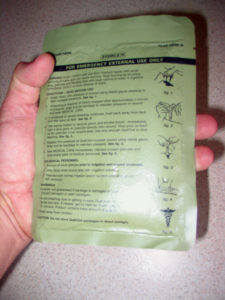
with antimicrobial and coagulant properties.
The chemical structure of chitin and chitosans consists of chains of positively charged molecules that readily bind to negatively charged particles and surfaces such as mucous membranes. These compounds can thus function as bioadhesives.
Chitosan is particularly effective as a filtration and flocculation agent in waste-water purification systems, where it helps remove microorganisms, heavy metals, oils, phosphorus, dyes, amino acids, proteins, and even pesticides. Chitosan causes the fine sediment particles to bind together and settle out of solution.
In the production of beer and wine, it is used as a “fining” agent that hastens the clarification of the products with its flocculation properties. The same characteristic of chitosan is employed to clarify fruit juices. Chitosan is also used as a seed coating in agriculture to protect the seeds and inhibit fungal diseases. Seeds treated in this manner have a much higher germination rate than those that are untreated.
Chitosan is also used in the production of biodegradable packaging films, and as an additive in cosmetics and household items including shampoo, creams, and toothpaste. It is also employed as a food additive for thickening and emulsification.
As derived from shrimp offal, chitosan is the primary natural source for glucosamine. Glucosamine, often in combination with chondroitin sulfate, has been used for the treatment of osteoarthritis, a very common affliction worldwide. However, research has not supported claims for chitosan as a weight loss and lipid-lowering treatment.
New medical uses
Chitosan has been found to enhance the transport of polar drugs across epithelial surfaces and so can be used in combination with medications to help their absorption from sites such as the nasal mucosa. At the microscopic level, chitosan appears to open tight cellular junctions between the epithelial cells, thus allowing the medicine to pass through. This effect can be employed to deliver drugs by nasal inhalation that might otherwise have to be given by injection.
Upon contact with blood, chitosan induces coagulation. This property has led to the use of chitosan in bandages and dressings. Chitosan also has antimicrobial properties, and it is hoped that wounds bandaged with dressings containing chitosan will exhibit reduced infection rates.
Modified chitosans have also been studied for their utility as nonviral gene transporters. Certain derivatives are relatively nontoxic and effective at gene delivery, specifically to breast cancer cells. These properties are particularly intriguing, as chitosan derivatives could one day be employed in gene delivery for anticancer treatments, as well as other forms of drug delivery.
(Editor’s Note: This article was originally published in the September/October 2006 print edition of the Global Aquaculture Advocate.)
Now that you've reached the end of the article ...
… please consider supporting GSA’s mission to advance responsible seafood practices through education, advocacy and third-party assurances. The Advocate aims to document the evolution of responsible seafood practices and share the expansive knowledge of our vast network of contributors.
By becoming a Global Seafood Alliance member, you’re ensuring that all of the pre-competitive work we do through member benefits, resources and events can continue. Individual membership costs just $50 a year.
Not a GSA member? Join us.
Author
Tagged With
Related Posts
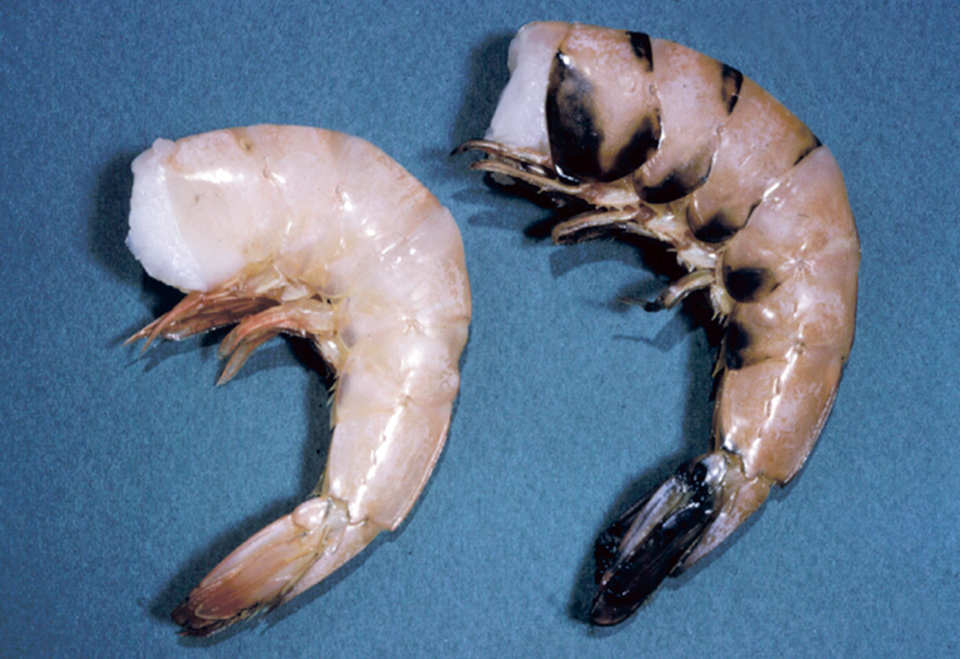
Intelligence
4-hexylresorcinol: sulfite-free control for melanosis in crustaceans
4-hexylresorcinol in a nonsulfite processing treatment against melanosis in crustaceans inhibits natural enzymes for shell hardening.

Health & Welfare
A comprehensive look at the Proficiency Test for farmed shrimp
The University of Arizona Aquaculture Pathology Laboratory has carried out the Proficiency Test (PT) since 2005, with 300-plus diagnostic laboratories participating while improving their capabilities in the diagnosis of several shrimp pathogens.
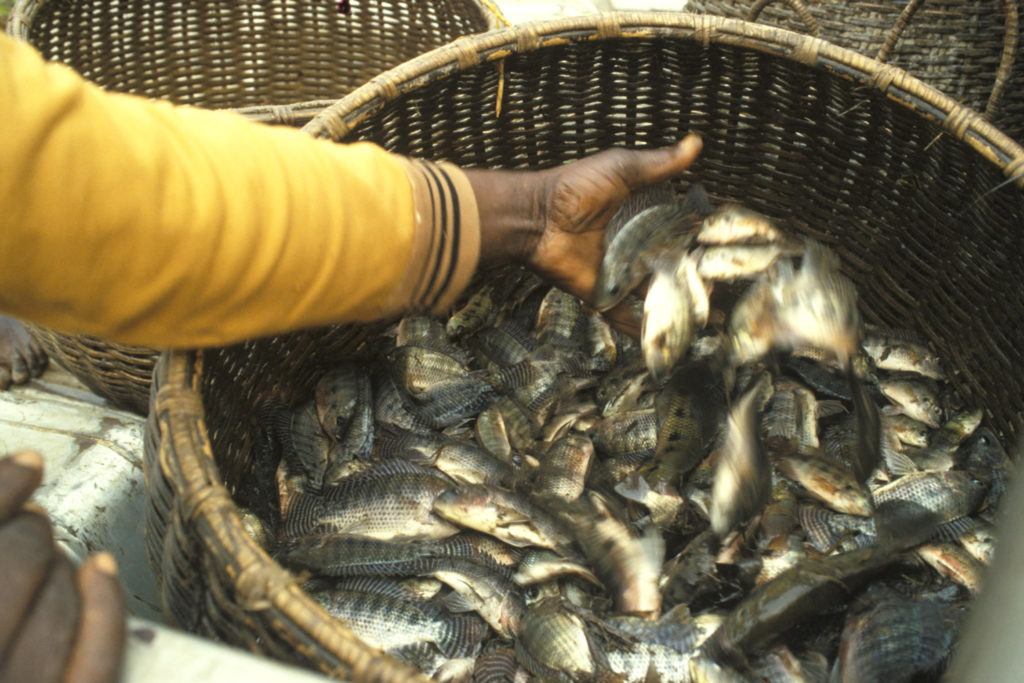
Responsibility
A helping hand to lend: UK aquaculture seeks to broaden its horizons
Aquaculture is an essential contributor to the world food security challenge, and every stakeholder has a role to play in the sector’s evolution, delegates were told at the recent Aquaculture’s Global Outlook: Embracing Internationality seminar in Edinburgh, Scotland.
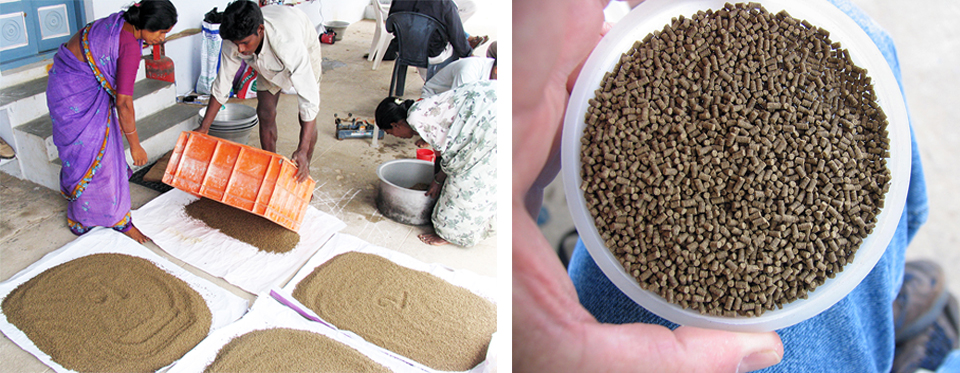
Aquafeeds
A look at India’s fish feed industry
India's fish-farming industry makes limited use of modern feeds, providing potential for the feed sector to grow. Commercial feeds are predominantly used for pangasius farming, followed by a rising popularity in carp culture.


